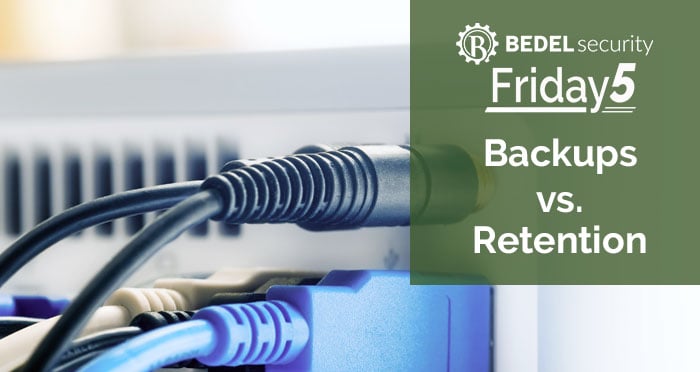Is Your Risk Assessment Authentication & Access Ready?
In August, the FFIEC released new guidance titled “Authentication and Access to Financial Institution Services and Systems”. Because the guidance...


News this week brought us word of something very disappointing, a breach in a large player in the identity services company, Okta. If I’m being 100% honest here, it was an unfortunate eventuality given the mass role out of multifactor authentication in the past couple of years. Hackers never give up and they won’t let multifactor authentication get in their way.
Interestingly enough, I read this morning that the group responsible for the breach, Lapsus$, relies heavily on disgruntled employees by offering financial gain in return for credentials or sensitive information to get into victim networks.
As the week went on several statements were released, including news that about 2.5% of Okta’s customers have been compromised. Events may still unfold and whether you are impacted or not, here are recommendations in this or a similar scenario.
Sources:
https://www.theverge.com/2022/3/22/22990637/okta-breach-single-sign-on-lapsus-hacker-group

In August, the FFIEC released new guidance titled “Authentication and Access to Financial Institution Services and Systems”. Because the guidance...

We often run into situations where different staff in an institution have different understandings of the goals and operations of their backup...